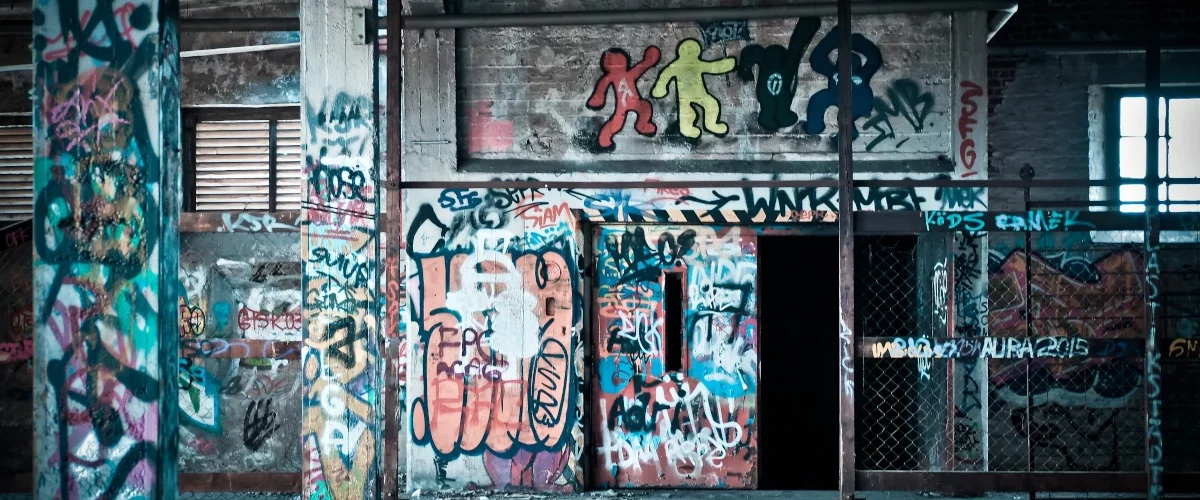Once considered a form of vandalism, graffiti has evolved into a respected and highly influential form of public art. This creative expression has played a significant role in the urban revitalization of cities around the world, adding color, energy, and social commentary to the urban landscape. In this article, we will delve into the transformative power of graffiti, highlighting some of the most significant projects and artists contributing to this global movement.
Graffiti as a Tool for Urban Revitalization
Graffiti has the power to transform neglected and rundown urban spaces into vibrant. Moreover, engaging and lively areas that attract residents, tourists, and businesses alike. Through imaginative and often thought-provoking creations, graffiti artists breathe new life into abandoned buildings, underpasses, and public spaces. By doing so, they contribute to the economic and social regeneration of neighborhoods, fostering a sense of community and pride among residents.
Case Studies: Graffiti Projects Transforming Cities
New York City: 5Pointz
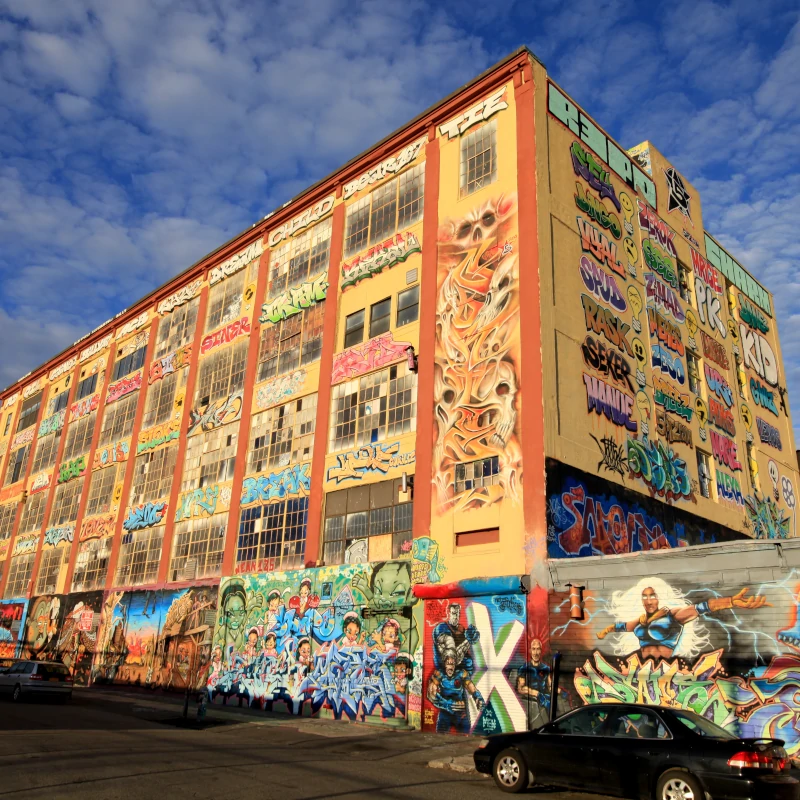
In New York City, the now-demolished 5Pointz was a prime example of graffiti’s transformative power. Once a derelict factory, this building in Queens became an internationally renowned hub for graffiti artists. The constantly changing artwork attracted visitors and helped to revitalize the surrounding area. Despite its eventual demolition, 5Pointz remains an important symbol of the potential for graffiti to uplift urban spaces.
São Paulo: Beco do Batman
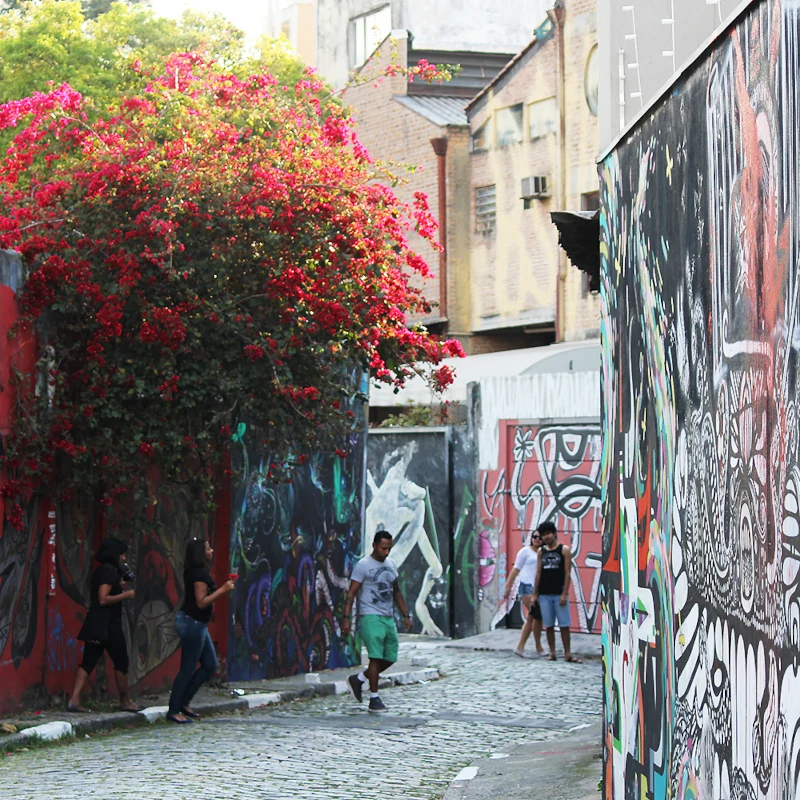
Beco do Batman, or Batman Alley, is a vibrant graffiti hotspot in São Paulo, Brazil. Located in the Vila Madalena neighborhood, this area was once neglected and rundown. Today, it is a popular tourist attraction, with colorful graffiti-covered walls that draw both local and international visitors. The success of Beco do Batman has spurred the growth of local businesses. Moreover, he contributed to the rejuvenation of the neighborhood.
Melbourne: Hosier Lane
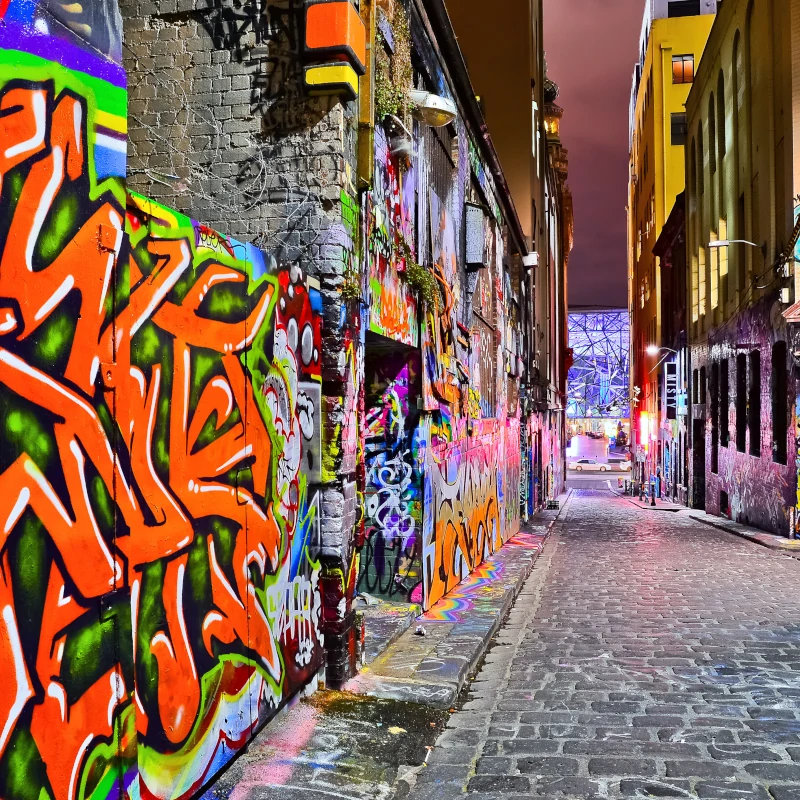
Melbourne, Australia, is home to Hosier Lane, a narrow alley filled with ever-changing graffiti murals. The city has embraced this form of public art, encouraging graffiti artists to use designated spaces like Hosier Lane to showcase their talents. The result is a dynamic and engaging urban space that attracts tourists and locals alike, contributing to the city’s reputation as a cultural and artistic hub.
Lisbon: Crono Project
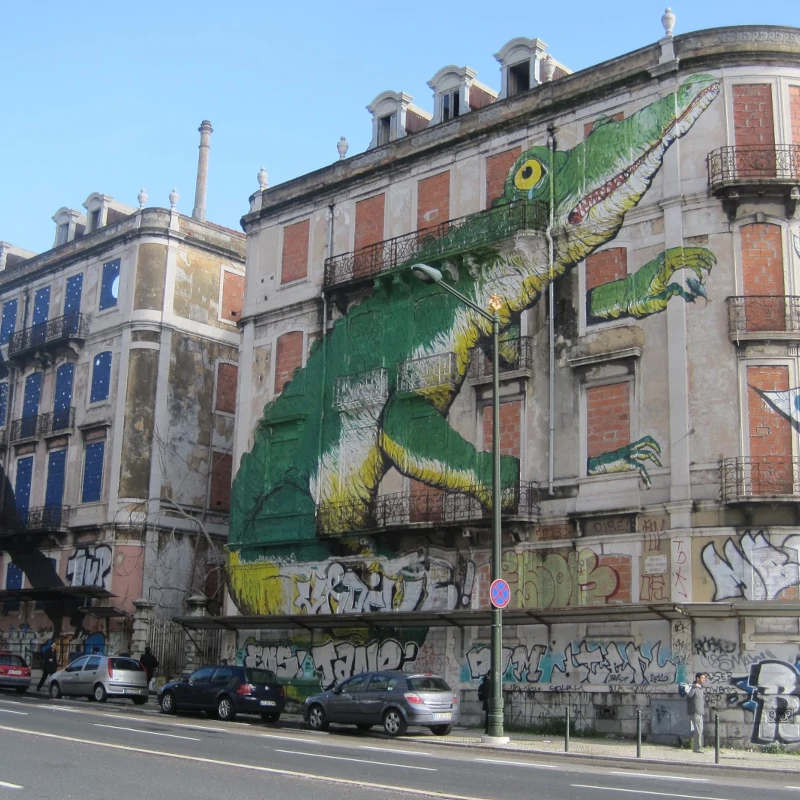
The Crono Project in Lisbon, Portugal, aimed to revitalize abandoned buildings along the city’s Avenida Fontes Pereira de Melo by inviting international street artists to create large-scale murals. The project attracted widespread attention. Moreover, transforming the area into an open-air art gallery and demonstrating the potential for graffiti to reinvigorate neglected urban spaces.
Influential Graffiti Artists Making a Difference
Graffiti artists worldwide are making their mark on urban landscapes, demonstrating the potential of this art form to inspire change and drive urban revitalization. Some of the most influential artists in this movement include:
- Banksy: This anonymous British artist’s thought-provoking and often controversial creations have garnered international acclaim, sparking conversations about politics, society, and the role of art in public spaces.
- Shepard Fairey: Best known for his iconic “Hope” poster featuring Barack Obama, Fairey’s bold and graphic style has made him a leading figure in the world of street art and graffiti.
- Os Gemeos: Brazilian twin brothers Otavio and Gustavo Pandolfo, known as Os Gemeos. However, they are renowned for their distinctive and whimsical graffiti style. Their large-scale murals can be found in cities around the world, showcasing their unique ability to transform urban spaces.
- C215: French artist Christian Guémy, also known as C215, is celebrated for his intricate and emotive stencil-based portraits. His work can be found on streets worldwide, adding a touch of humanity and depth to the urban landscape.
- ROA: Belgian artist ROA is famous for his massive black-and-white murals depicting animals native to the cities where he works. His creations serve as a powerful reminder of the coexistence between humans and nature in urban environments.
Conclusion: The Lasting Impact of Graffiti on Urban Revitalization
As graffiti continues to gain recognition and acceptance as a legitimate and influential form of public art, its role in urban revitalization becomes increasingly evident. By transforming neglected spaces, fostering a sense of community, and contributing to the growth of local economies, graffiti artists play a vital part in shaping the future of cities around the world.
Embracing and nurturing graffiti as an art form not only adds vibrancy and energy to urban landscapes but also supports the development of thriving, diverse, and culturally rich communities. The power of graffiti to revitalize cities and inspire change is undeniable, and as more cities recognize and embrace its potential, the impact of this art form will continue to grow.
Find more about art at Luxpeer.com
